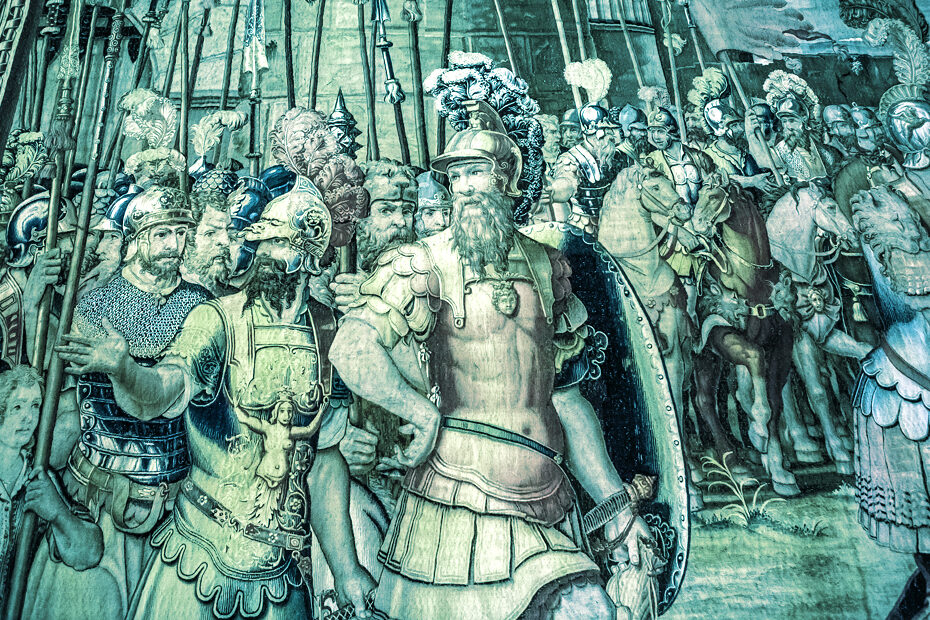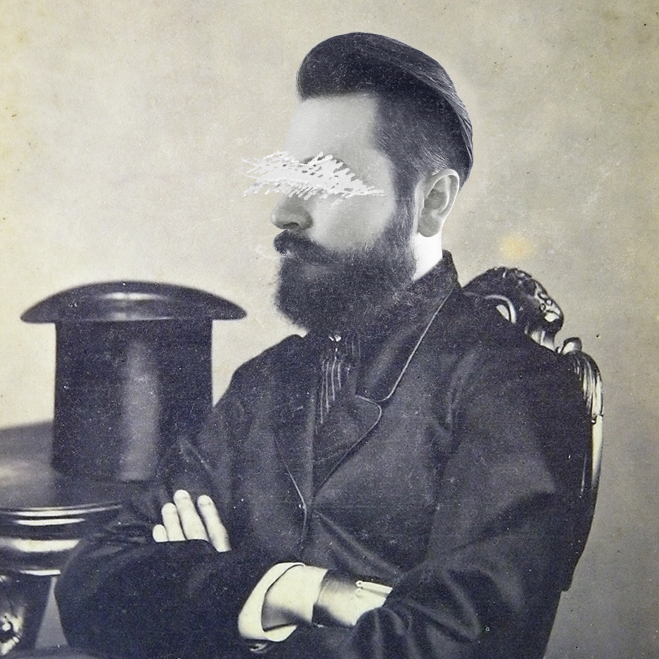My How To Run Big Cities In TTRPGs series is a collection of thoughts on just that, creating and running a metropolitan city in a tabletop role-playing game as the game master. This week’s article is all about putting NPCs into the city you’ve so carefully crafted. We’ll use the tips and tricks from the Framework and Culture articles to create realistic characters to populate your city with! Creating a cast of interesting and relevant non-playable characters can be a huge undertaking. Luckily, I’ve got a list of helpful things to think about to get you started…
Groups Within The City
Before you can create individual NPCs for your city, you should establish social groups within the society. Ideally, separate groups have ideologies at different ends of the spectrum within a culture. Some examples of opposing groups are: nobility and peasantry, the clergy and the scientific community, year-round locals and summer vacationers, etc. There can be as many groups as you need to tell the story. But knowing what groups of people exist in your city helps you shape NPCs to fill the roles those groups need to function.
Figure Out The Social Hierarchy
With the city’s groups established, you can start thinking about social hierarchies and power dynamics. Where does each social group rank in your city? What is the pecking order? You should know where each group stands on societal issues, internal policies, and their opinions of other groups. This takes the guesswork out when creating NPCs. If you know how their group thinks, you can combine those opinions with the NPC’s individual experiences to create a unique point of view.
Daily Life In The City
Now that the big stuff is out of the way, you can go small and focus on the daily life of citizens. What types of things exist that are important culturally and fit within the framework of your city? If you ask yourself what roles need to be filled to facilitate those services and experiences, you’ll quickly develop a list of necessary key NPCs. It’s usually a domino effect. “My city is obsessed with bakeries. I’ll need the top pastry chef in town, the organic farmer to provide supplies, the overambitious franchise owner, his shady business colleagues… and so on”.
Craft Your Cast Of Key NPCs
You know your groups and the individuals needed to run them… Now it’s time to breathe some life into the main figures in your city. Key NPCs need to be memorable. They anchor the party to the city, provide quests and resources, and move the story along. Your players should love them, love to hate them, or absolutely despise them. Indifference is the hallmark of a poorly constructed key NPC. You should have a good mix of personalities and a variety of characteristics. Having distinct, well defined characters keeps things interesting for players.
Make NPCs Unexpected
A great way to ensure memorability is to make NPCs unexpected, but still fit into the setting. This is tricky to pull off but so worth it when it works. A good trick is to take a classic tropey character role and give it a twist. For example: The ultimate insider… who is actually a foreigner. The damsel in distress… who doesn’t need a hero. The captain of the guard… with a criminal past. Additionally, NPCs that are messy, even if they appear to be put together, are relatable. Everyone makes mistakes or acts out of character sometimes. Why not your NPCs as well?
Always Be Thinking About Goals
I say it a lot, but I believe focusing on everyone’s goals in the campaign is hugely important. This applies to the goals of individual NPCs, the social groups they belong to, and even player characters. If you have a complete understanding of everyone’s goals, you know exactly how the population of your city will respond to events and stimuli. You can also create conflict in the game for players to resolve by making your NPC’s goals contradict what the players are working towards. It’s a subtle way of controlling a story without railroading players.
Establish Relationships And Perceptions
Now you’ve got a diverse cast of key characters created as the population of your city. Next, it’s time to figure out how all these groups and individuals are related to each other. Who is friends with who? Are there any bitter enemies in the mix? When a certain service is needed, is someone everyone’s go-to? Setting up these relationships allows players access through association. By talking to one NPC that knows other people, they can receive information, recommendations, or even gossip within the network of characters.
Creating Tone Through Viewpoints
Different NPCs or societal groups have different opinions on the player’s party. Showing this through interactions really brings the population of the city to life. Do the people view the party as heroes from a far off land, here to save them all? Are they wary of outsiders and cold towards those they perceive as alien? Maybe they’re jaded, annoyed that yet another up-and-coming adventuring team is acting like they own the place. The players will feel whatever emotion an NPC’s viewpoint projects on them. It’s a great way to set the city’s tone.
Be Ready To Create NPCs On The Fly
It is inevitable that a player will ask for information on an NPCs that doesn’t exist in your cast of Key NPCs. It’s always a little nerve-racking when this comes up and you have to create a character from thin air. However, if you’ve established the major groups in the population, you can drop the new NPC in one and have a good understanding of their viewpoints, goals, and motivations. Slap on a few character traits and randomize an appearance and your instant NPC is good to go!
The city series finale is next week! We’ll be taking a deeper look at developing stories within your newly created big city. Until next time, stay creepy and happy gaming.

